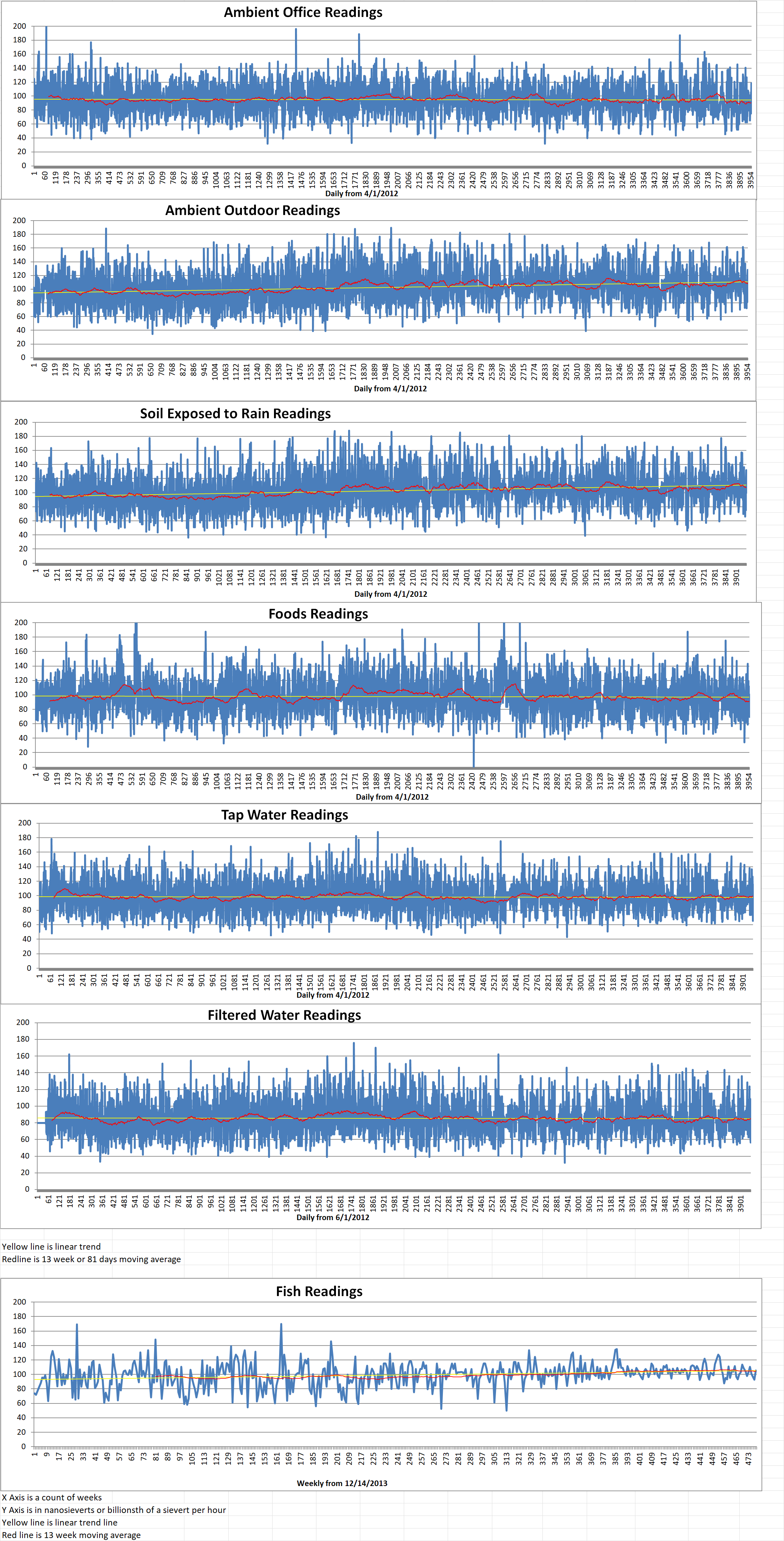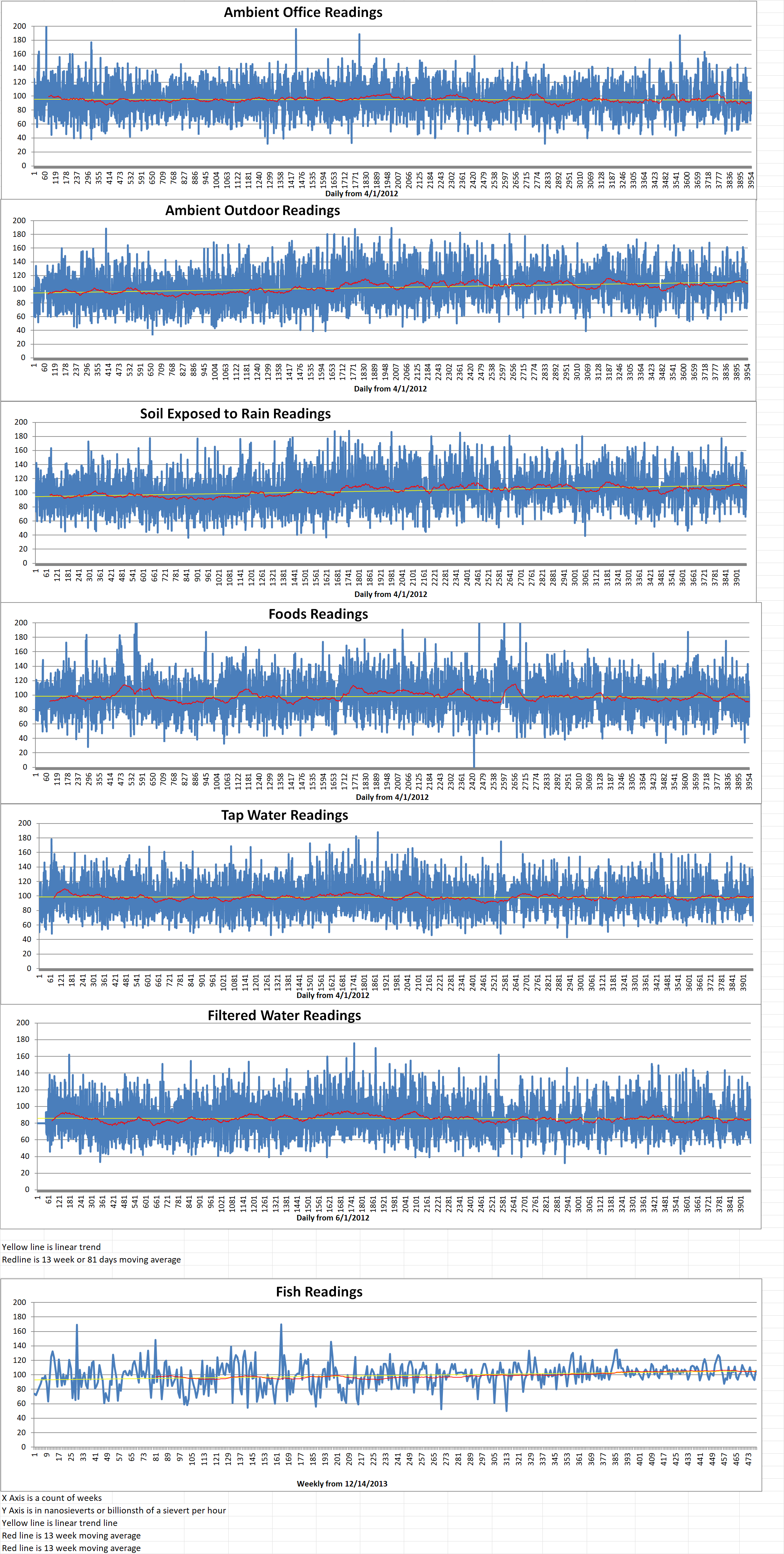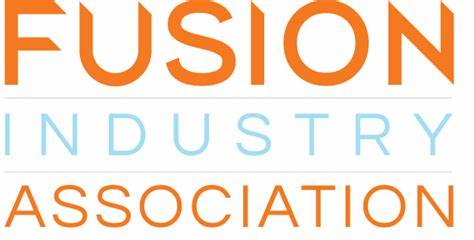Part 1 of 2 Parts
One of the biggest challenges in the nuclear power industry is keeping nuclear power construction on budget and on schedule. This problem must be resolved if advanced nuclear reactors are to play a major role in the energy transition away from fossil fuels. The National Academy of Science, Engineering and Medicine (NASEM) just issued a new report on this issue.
Richard A. Meserve is a former chair of the U.S. Nuclear Regulatory Commission who led the research team which produced the report. He said that many technical, regulatory, economic, and societal hurdles must be dealt with in order “to reach commercial and globally competitive viability”. Development, testing and widespread deployment of these reactors could take several decades. The U.S. should address these problems now.”
The new NASEM report says that advanced nuclear technologies will probably not contribute in a significant way until the 2030s at the earliest. However, they can compete with other energy technologies in the long run. Innovative, advanced reactors may supply on-demand power generation to complement more variable clean energy sources such as solar and wind power. They could also help decarbonize industrial sectors including hydrogen, steel and cement production.
One major problem is that U.S. utilities do not have adequate technical and engineering staff to manage a nuclear construction project. The U.S. Department of Energy (DoE) says that three hundred and seventy-five thousand skilled workers are required to reach the goal of two hundred gigawatts of new reactors to be deployed by 2030.
The authors of the NASEM report mention the need for the U.S. to form a “whole of government partnership” to identify gaps in critical skills required to support rapid deployment of advanced reactors and fund training to close them. Public and private developers must also to “take full advantage of existing efforts at commercial nuclear facilities and national labs that already have well-established training and workforce development infrastructure in place.”
For most of the history of nuclear power production in the U.S. and Europe, nuclear projects have not been constructed on budget and/or on schedule.
The report claims that “While it is vital to demonstrate that advanced reactors are viable from a technical perspective, it is perhaps even more vital to ensure that the overall plant, including the onsite civil work, can be built within cost and schedule constraints.” The report recommends that the DoE increase support for technologies that could streamline and reduce costs and expand R&D for nuclear construction.
Some advanced reactor vendors are investigating modular construction to improve schedules and reduce risks. However, the challenge of cost-effective onsite civil works remains, according to the report. It also recommends that nuclear owner-operators create a consortium or joint venture to more completely develop the skilled engineering staff to boost project construction.
Advanced reactor developers should also consider equity partnership with nuclear sector experienced engineering, procurement and construction (EPC) contractors for site-specific project planning, design and execution.
The prospect of using nuclear energy for purposes beyond electricity generation must also be addressed. In addition, there must be strong assurances of safety and security to gain critical buy-in from communities, according to the report.
Please read Part 2 next
Blog
-

Nuclear Reactors 1215 – The challenge of keeping nuclear power construction on budget and on schedule – Part 1 of 2 Parts
-
Nuclear News Roundup May 01, 2023
Czechs look to dump Russian nuclear fuel Aljazeera.com
The UK and Germany have very different ideas about the future of nuclear energy cnbc.com
Coalition applies for US hydrogen hub funding world-nuclear-news.org
Russian forces evacuating town near occupied nuclear plant, Kyiv says reuters.com
-

Geiger Readings for May 01, 2023
Ambient office = 119 nanosieverts per hour
Ambient outside = 99 nanosieverts per hour
Soil exposed to rain water = 100 nanosieverts per hour
Tomato from Central Market = 70 nanosieverts per hour
Tap water = 115 nanosieverts per hour
Filter water = 97 nanosieverts per hour
-
Nuclear News Roundup Apr 30, 2023
Armenia and Russia discuss Armenian 2 operating extension, and new nuclear world-nuclear-news.org
Peabody to receive more energy from Seabrook nuclear plant salemnews.com
NRC to Investigate Ground Settlement Issues at Davis-Besse Nuclear Plant clevescene.com
Netanyahu: A nuclear Iran could blackmail any US city they want jpost.com
-

Geiger Readings for Apr 30, 2023
Ambient office = 75 nanosieverts per hour
Ambient outside = 128 nanosieverts per hour
Soil exposed to rain water = 132 nanosieverts per hour
Green onion from Central Market = 101 nanosieverts per hour
Tap water = 65 nanosieverts per hour
Filter water = 56 nanosieverts per hour
-
Nuclear News Roundup Apr 29, 2023
Iran Official Says Tehran Ready To Accept EU Nuclear Deal Draft iranintl.com
Russia “very unlikely” to use nuclear weapons: US intel chief English.alarabiya.net
Israeli Defense Minister: Iran Has Enough Uranium For Five Nuclear Bombs iranwire.com
Westinghouse unveils plans for small-scale, modular nuclear reactors upi.com
-

Geiger Readings for Apr 29, 2023
Ambient office = 106 nanosieverts per hour
Ambient outside = 119 nanosieverts per hour
Soil exposed to rain water = 119 nanosieverts per hour
Ginger root from Central Market = 70 nanosieverts per hour
Tap water = 79 nanosieverts per hour
Filter water = 63 nanosieverts per hour
Dover Sole from Central = 105 nanosieverts per hour
-

Nuclear Regulatory Commission Issues New Regulations For Nuclear Fusion Reactors – Part 2 of 2 Parts
Part 2 of 2 Parts (Please read Part 1 first)
Nuclear fusion occurs when two atoms of light elements fuse together to form atoms of heavier elements. The energy released is huge. It is the same process that powers the stars, including our Sun. Nuclear fusion does not produce the same kind of long-lasting radioactive waste.
It is very hard to create the fusion reaction on Earth. However, nuclear fusion could create virtually limitless quantities of energy with no greenhouse gas emissions and no long-lasting radioactive waste. This means that it has become an area of intense interest to scientists and innovators working to commercialize the process as a solution to climate change.
Private fusion companies have raised about five billion dollars to scale nuclear fusion technology up to commercial energy production. The decision from the NRC on how the nuclear fusion industry would be regulated is a big deal for companies involved in fusion research.
Pravesh Patel is the scientific director for fusion startup Focused Energy. He said, “I think this decision and the clarity it brings is very positive for the fusion industry and removes a major area of uncertainty for the industry.”
Commonwealth Fusion Systems (CFS) is a startup spawned by MIT that has raised more than two billion dollars from a notable collection of investors. CFS also supports the new decision on fusion regulation by the NRC, calling it “a regulatory approach that will enable the U.S. to be a global leader in commercial fusion energy.”
Helion is another fusion startup in Redmond, Washington. They say that the decision leaves the road open for it to deliver its stated goals. Sachin Desai is the general counsel for Helion. He said, “This approach provides a clear and effective regulatory path for Helion to deploy clean, safe and effective fusion energy.” He added, “It is now incumbent on us to demonstrate our safety case as we bring fusion to the grid, and we look forward to working with the public and regulatory community closely on our first deployments.”
The approach to regulating nuclear fusion energy production is similar to the regulatory regime that is currently being employed to regulate particle accelerators. These are machines that make elementary nuclear particles, such as electrons or protons, move very fast. Particle accelerators are fundamental to high energy physics research. They have been used to innovate in a wide variety of industries.
Technically speaking, nuclear fusion will be regulated under Part 30 of the Code of Federal Regulation. The regulatory structure for nuclear fission is under Part 50 of that code.
Jeff Merrifield is a former NRC Commissioner. He said, “The regulatory structure needed to regulate particle accelerators under Part 30, is far simpler, less costly and more efficient than the more complicated rules imposed on fission reactors under Part 50. By making this decision to use the Part 30, the commission recognized the decreased risk of fusion technologies when compared with traditional nuclear reactors and has imposed a framework that more appropriately aligns the risks and the regulations.” -
Nuclear News Roundup Apr 28, 2023
Construction begins of third unit at Egypt’s El Dabaa nuclear power plant world-nuclear-news.org
State takeover of EDF resumes after appeal dismissed world-nuclear-news.org
Korea starts construction of new research reactor world-nuclear-news.org
South Korea presses China to address Pyongyang nuclear threat japantimes.co.jp
-

Geiger Readings for Apr 28, 2023
Ambient office = 93 nanosieverts per hour
Ambient outside = 81 nanosieverts per hour
Soil exposed to rain water = 76 nanosieverts per hour
English cucumber from Central Market = 86 nanosieverts per hour
Tap water = 126 nanosieverts per hour
Filter water = 109 nanosieverts per hour
